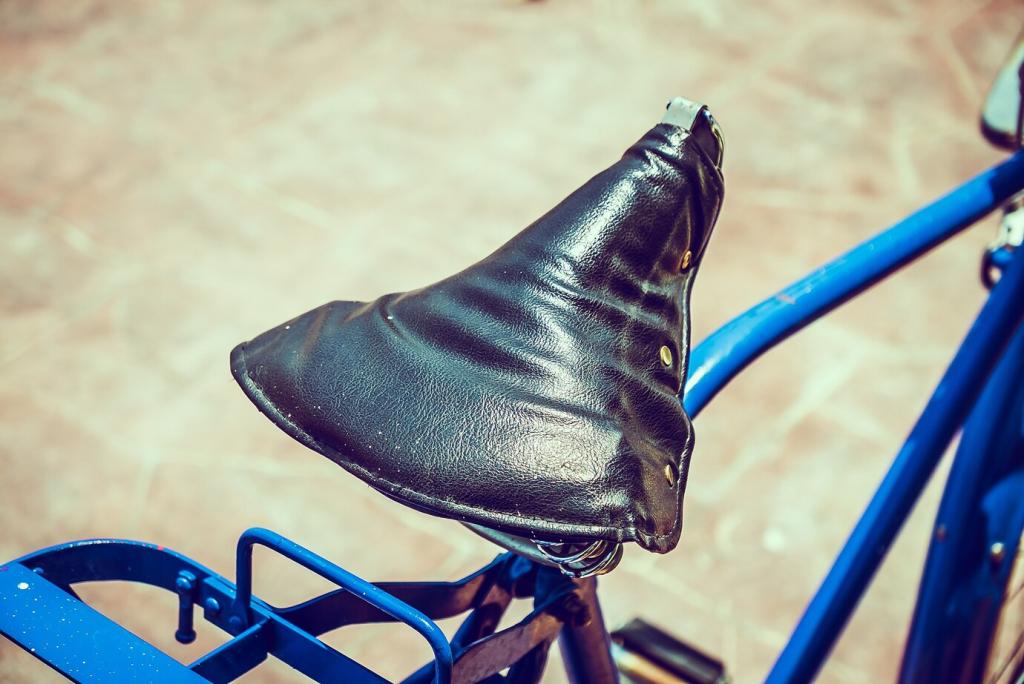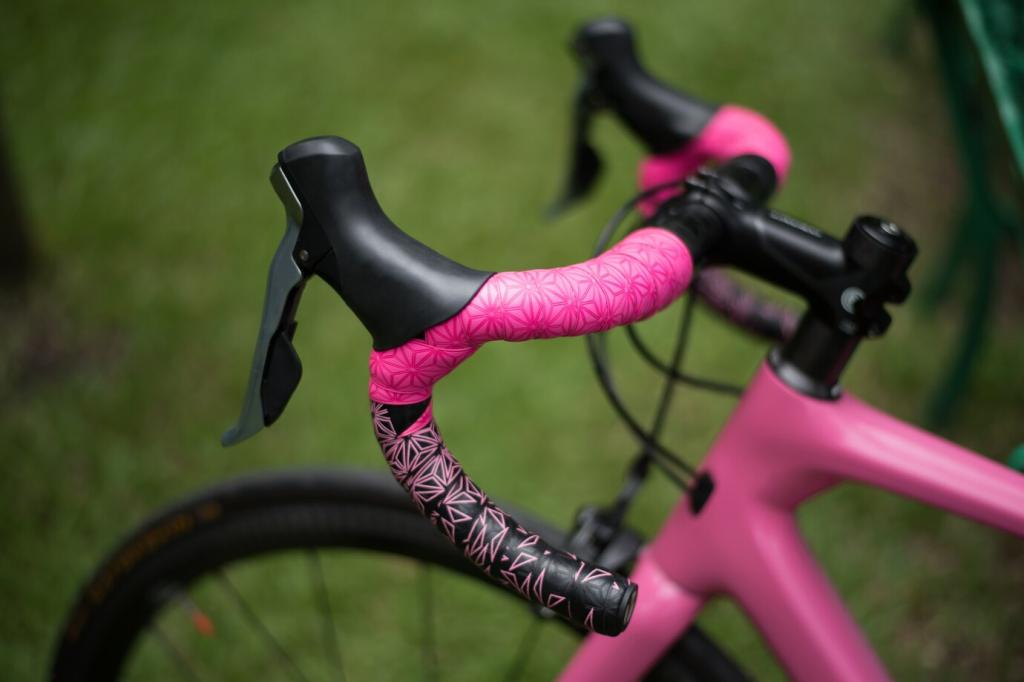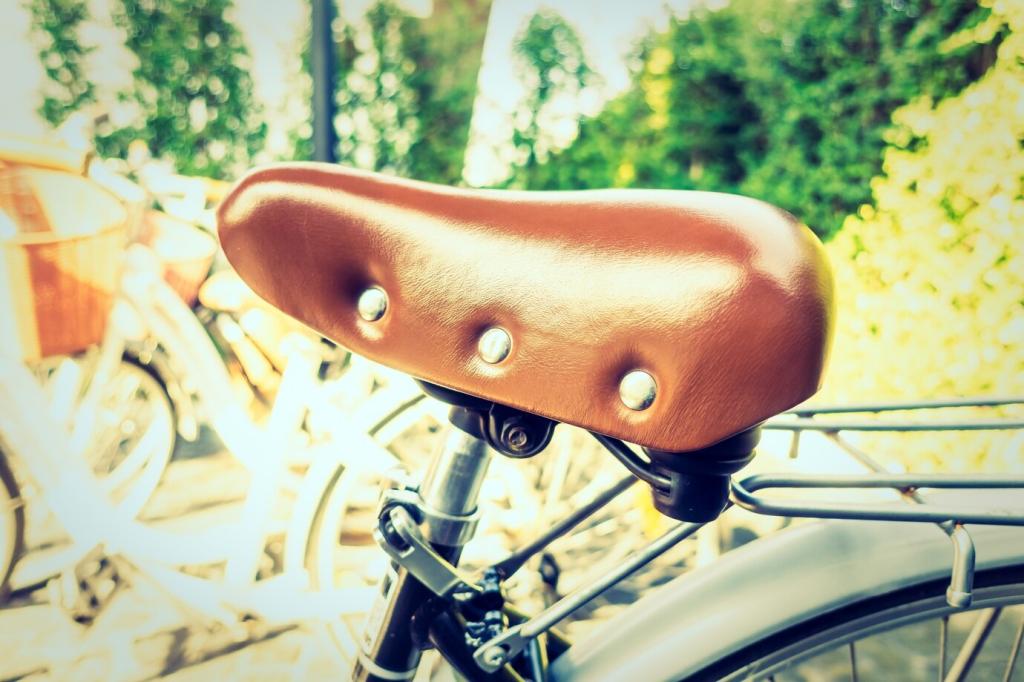Chosen theme: Essential Tools for Mountain Bike Maintenance. Build confidence, cut trail mishaps, and keep your bike riding like new with a dialed kit and simple, proven habits. Join our community, share your must-have tools, and subscribe for checklists, stories, and updates that keep every ride smoother and safer.
Build Your Core MTB Toolkit
Hex and Torx Keys that Fit
Invest in quality hex keys from 2 mm to 10 mm and Torx bits, especially T25 for rotor bolts and T30 for some hardware. Rounded, worn tools slip and damage fasteners, so choose hardened tips. Tell us your favorite brand and why it earns space in your pack.
Tire Levers That Don’t Snap
Good tire levers save knuckles and rims. Choose sturdy nylon levers with rim-safe edges that can unseat stiff tubeless beads without cracking. Pair them with patience and proper technique. Share your lever of choice and any bead-breaking tricks you trust on stubborn tires.
A Floor Pump with a Trustworthy Gauge
Pressure is performance, and a floor pump with an accurate gauge is the quickest way to consistent handling. Look for a stable base, long hose, and Presta/Schrader compatibility. Drop a comment with your go-to pressures for different trails and tire casings.
Drivetrain Care: Clean, Lube, Measure
Chain Checker Accuracy Matters
Use a precise chain wear tool and know your numbers. For 11–12 speed chains, replace around 0.5% elongation to protect cassettes and chainrings. Measure in several spots, record mileage, and compare over time. What’s your replacement threshold for trail versus race bikes?
Degreasers and Brushes that Respect Components
Choose a biodegradable degreaser and dedicated brushes for chain, cassette, and pulleys. Avoid blasting bearings. Rinse gently and dry thoroughly before lubricating. Share your preferred products and any clever brush hacks that make cleanup faster without sacrificing thoroughness.
Choosing the Right Lube for Your Conditions
Match lube to weather and terrain: dry wax for dusty trails, wet lube for persistent rain, ceramic blends for efficiency. Wipe excess to reduce grit. Tell us how often you reapply and whether hot-waxing has changed your maintenance routine this season.
Brakes and Rotors: Quiet Power
Rotor bolts usually require a T25 and light blue threadlocker. Torque evenly in a star pattern, typically around 6 Nm unless specified otherwise. Keep your tool tips crisp to avoid stripping. Have you ever rescued a ride by re-torquing a mysteriously noisy rotor mid-ride?
Brakes and Rotors: Quiet Power
A plastic pad spreader safely resets pistons after wheel removal or accidental lever pulls. Loosen caliper bolts, squeeze the lever, then tighten to center. Spin, listen, adjust. Share your no-rub alignment routine or tricks for stubborn pistons that refuse to retract evenly.


Suspension Setup Essentials
A reliable shock pump with a bleed valve lets you fine-tune pressure without big jumps. Check sag with the o-ring, write down values, and revisit monthly. Do you track pressure changes across seasons? Share your notes and any surprising trends you have noticed.
Wheel and Tire Reliability
Refresh sealant every two to four months depending on climate. Keep spare valve cores, a core tool, and a tiny brush for clogged stems. Shake sealant bottles well before topping up. What sealant brand seals your thorny trails fastest without turning to cottage cheese?
Trailside Repair Kit Strategy
Carry a tube, two strong levers, tubeless plugs, a mini tool with a chain breaker, a quick link, zip ties, and a tiny duct tape wrap. What is your unusual but indispensable item that has saved a ride more than once?
Trailside Repair Kit Strategy
Include a few bandages, antiseptic wipes, a triangular bandage, and a space blanket. Add a whistle and emergency contact card. Keep weight minimal, utility high. Share your minimalist kit and any lessons learned from unexpected scrapes or sudden weather changes.

Smart Workshop Habits
A magnetic parts tray prevents lost bolts, while quick teardown photos help reassembly. Label zip bags for sub-assemblies. What organizing habit saved you from a late-night panic when a critical bolt mysteriously vanished under the workbench?


Smart Workshop Habits
Set intervals: lube chain every 100–150 km or after wet rides, check pivot play monthly, refresh sealant seasonally, and service forks around 50 hours. Subscribe to get printable checklists and tell us which intervals you adjust for your local conditions.
